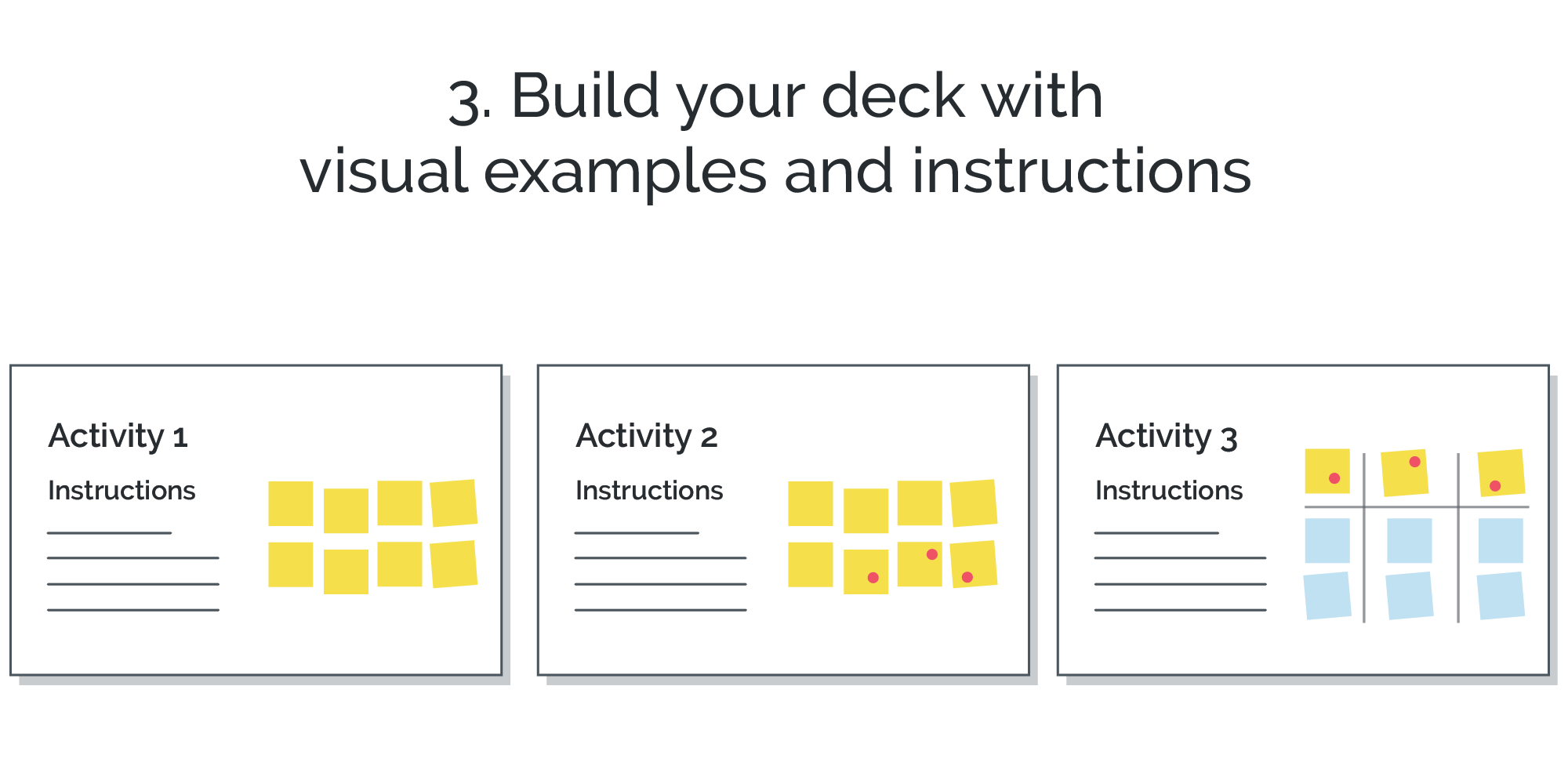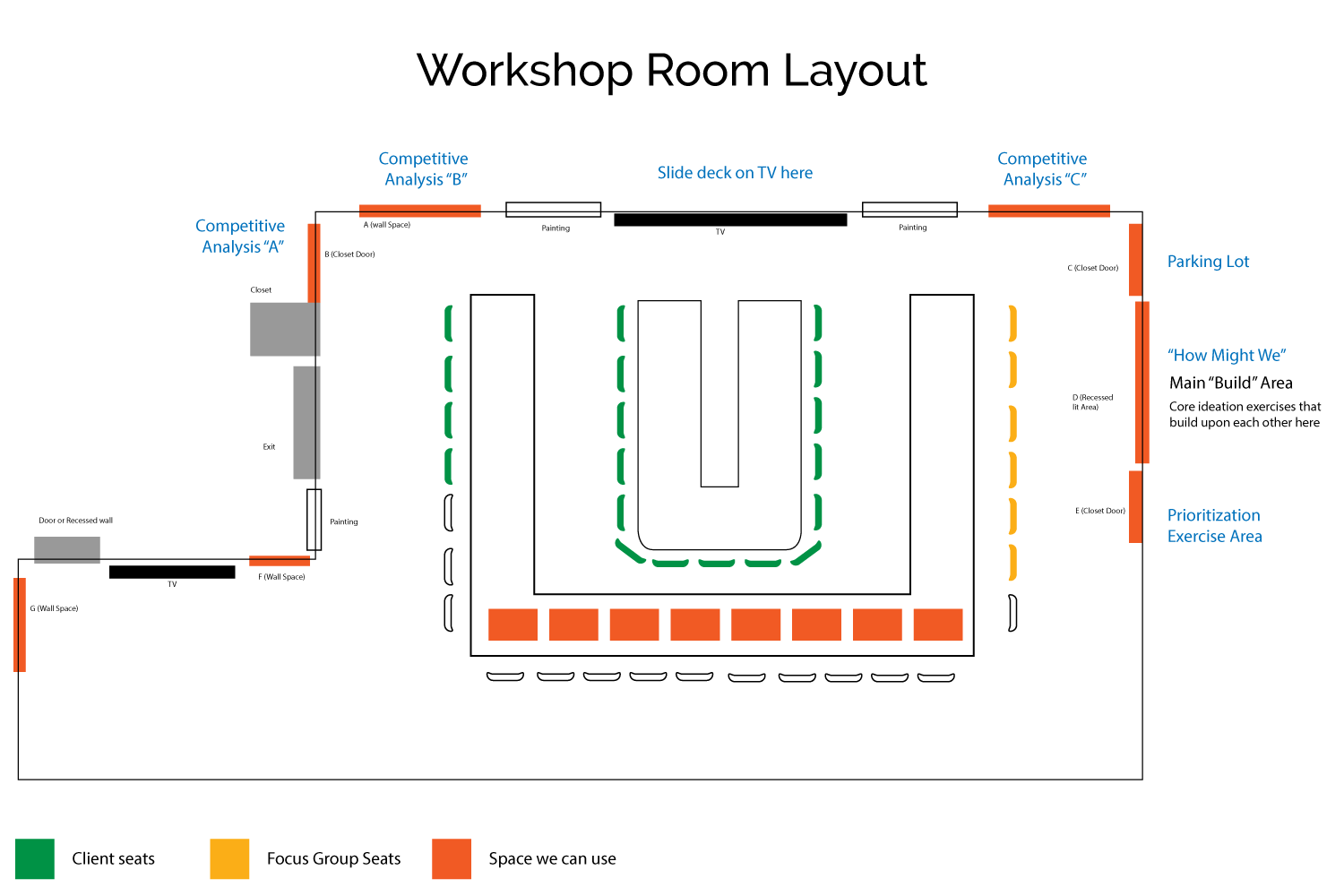I love design workshops! Over the years I have participated in and led many design research workshops. Activities have ranged from journey and experience mapping, product definition, to just plain big ol’ brainstorms with clients and end users to generate data and ideas.
However, planning a workshop can be a big task. Having worked with groups ranging from 10 to 30 participants, there can be alot to consider and you really want to make sure you have thought through the activities and desired outcomes. While by no means exhaustive, here is a checklist of sorts that runs through my mind every time I plan a design research workshop.
Why this is important to you as a designer
Being able to facilitate or work with a team facilitating a workshop is critical skill in a designers toolbox and:
outputs are critical towards your design development
it is often an activity that is part of the Design Thinking toolset
looking competent in this role feels good!
1. Set up context for the particpants
Creating a clear context for the goals of the workshop and how you will use participants information is key to setting up the workshop for success. Be sure to provide ample explanation of why the workshop is important and what your intended use of the workshop outcomes will be. This will help set the stage for the participants so they understand how best to contribute.
Things to consider
How do you intend this workshop to impact your other research efforts on your project?
Has the client (if you have one) signed off on your workshops goals?
Is your design research workshop one of many? Will you need to present a continuing narrative to your participants to set context across mulitple workshops?
Is there an opportunity to potentially prime them for a future workshop connected to this current effort?
How will communicate the goals of the workshop to the participants?
Make sure everyone on your team has a specific job and that they know what it is
Make sure you introduce everyone on your team to the participants and their role in the workshop
2. Activities
Generating Activity Ideas
There are about a zillion different ways to create activities for a design research workshop. Generally speaking, you are trying to get participants to interact with questions or information in a such a way as to help narrow the research scope or validate your design efforts. That being said, here is a list that I usually write up on a whiteboard for my team to jog ideas about what types of activities we might perform with the information to meet our goal:
Activities that lead to outputs:
Sharing- can you have your participants share about themselves to gather/inform your research efforts?
Validate- can you present participants with information and have them validate a hypothesis?
Prioritize - can you present them with information that you need prioritized?
Exclude/Weed out- can you present them with information that they can reduce down or focus a trend or signal in your data?
Grouping- can you have them do an association activity where they group information in a specific way?
Mapping- can you have them organize information against a framework you have created? Example- Participants organize/generate information into quadrants in a map about where they struggle most with depression: Home, At work, With partner, With Child
Journey- do you need them to fill out a journey type map or present them with a potential future journey to get their reaction? Example- Here is what I think, feel, and do during experience XYZ
Tips on figuring out design workshop flow:
Notes on activities:
If you are moving people through a set of activities in a workshop that build upon each other, remember to explain in detail how those activities will work together to create a specific outcome.
Try look at your workshop activities with fresh eyes- don’t assume the activities, explanations and outcomes are inherently understandable- err on the side of “nobody in this room brainstorms with sticky notes as a regular function of their days”, etc..
When asking them to generate something for an activity, have specific examples of what an outcome could be. For example, if you are trying to get them to generate “How might we” statements for a particular problem space, give them a few clear examples of what those are and how they look.
Always have clear instructions for each activity, and try them on someone who doesn’t know the materials before the workshop
Always do a dry run on the activities yourself before the workshop- can you generate the desired outcome you will need to move your design/research forward?
Create a space or board for people to capture adjacent ideas on sticky notes (I call it a “Parking Lot”) that are generated by the workshop but perhaps not directly related to the activities. These give the participants a place to to be heard later and generate conversations around the activities.
If possible, make people stand up for the activities- the more physically engaged people are with each other and the activity, the better the outcome. Too much sitting can result in disengagement.
When people share an insight from performing an activity- try to pick up on trends and verbally affirm them.
Schedule and take breaks.
3. Activity Materials & Priming
Workshop materials can be literally nearly anything, but often for design research type workshops, materials fall into two type of buckets. First, materials to directly interact with like pre-populated sticky notes, big labeled sheets of paper for people to write things on, etc..
The second kind are materials that are there for people to be “primed” by. Priming in this context means any kind of information you put out for people to inform or jump start their thinking process for the activity. I like to call it “brain fuel”.
It could be quotes from people about a situation you want the participants to think about, or statistics from part of your research, or even just different questions that there aren’t necessarily answers to that get conversations going amongst your participants.
What you need to think about
What do you need to put up on the walls to inform and engage your audience?
And what do you need to arm them with to get the activity done?
5. Setting up the room
This is a sample of how I map out a room. I had the client send pictures of the room in advance and then mapped the activites flow so when we arrived we knew exactly where to set up the materials.
Know the room- where will activities be set up?
Can the room support the flow of people?
Do you need to break the people into groups to balance activity access or outputs?
Do you have permission to alter the space if necessary? ( I have been burned on this before. One time we weren’t even allowed to move tables to make space for the workshop, even though the tables were easily movable. Know what you can and can’t do, and get another space if necessary.)
Also, don’t forget snacks, hydration, and a timer!
“A workshop is a way of renting an audience, and making sure you’re communicating what you think you’re communicating. It’s so easy … to think you’re been very clear when in fact you haven’t.”
6. Pivots
The best laid plans….often don’t go as planned. That is why it is always good to discuss (ideally before the workshop) what to do if the activities arent going as planned. Generally there are two kinds of pivots to plan for:
Activity Ends too fast - have a “stretch goal”
Stretch goals are activities you add on when you participants work faster than anticipated. For example, if your main activity was to have the participants generate information and it happens much quicker than you expected, can you then have them then prioritize those outputs?
What to do when people aren’t contributing
The other challenge is people not contributing. This happens for a few reasons- people feel like maybe they don’t actually have to participate or they don’t understand the task. For the first, I find a great way to get people on the fringes to participate is first to make sure they are standing- sitters tend to be disengaged. Secondly, ask individuals questions and kind of (gently) put people on the spot in front of the whole group (this can be effective, but it is kind of risky- read the room carefully for this one)
The other reason people don't engage is because they don’t understand the task. If this is the case, put the breaks on and discuss with group to make sure they understand the directions and the desired outcomes. This usually reframes the efforts and brings up any lingering questions that might be holding people back.
That is all for this list today! Did I miss something? Leave a comment below!






